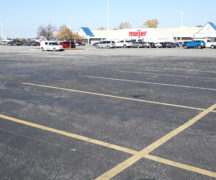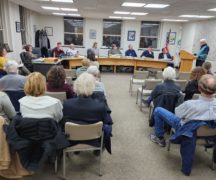Two years ago, the Bowling Green City Council passed a Certified Legal Government ordinance (CLG) with the intention of helping preserve our historic buildings. We must take a hard look at the new zoning proposals to make certain they won’t damage an irreplaceable asset.
As a staunch champion of our Bowling Green historic districts, I’ve devoted considerable time to learning about the new Bowling Green zoning code which includes dramatic changes for the recommended Pedestrian Residential (PR) district. We must understand how these plans and revisions may impact the distinctive buildings that form the central core of our downtown and surrounding neighborhoods. Bowling Green has a unique architectural heritage, including commercial structures and homes dating back as far as the 1870s. These Victorian and Federalist buildings create a special district that delights residents and attracts visitors.
My primary concern is that new businesses dispersed into neighborhoods will have two ill effects: They will draw customers away from the central commercial district, making it harder to operate profitably downtown. This endangers the future of our Main Street buildings. But also, businesses on residential streets could make the neighboring historic houses less desirable for homeowners. For example, people living around the recently developed Market Square have described the noise and light pollution that businesses now bring to a formerly peaceful block.
I raised my family in an historic home in a mixed-use neighborhood. The ongoing expense of maintaining and upgrading quirky older houses means homeowners need some assurance of stable property values to make their investment financially feasible. Business enterprises just one block from my home have never presented a problem, but a tipping point can occur when commercial operations increase in the neighborhood. Additionally, with narrow streets, the traffic quickly becomes an issue. And dumpsters emptied at 4 a.m. can wreak havoc on family schedules.
Realizing that many new homeowners will prefer purchasing homes in quiet environs, these would-be buyers may not choose to live in a business district. And certainly, such prospective residents will be discouraged with a neighborhood which encourages multi-unit dwellings. As rentals, these houses can generate much income, but they become susceptible to high degrees of wear and tear, poor upkeep, and overall deterioration. I don’t believe this is the fate anyone wants for our central historic district.
John Sampen
Bowling Green




